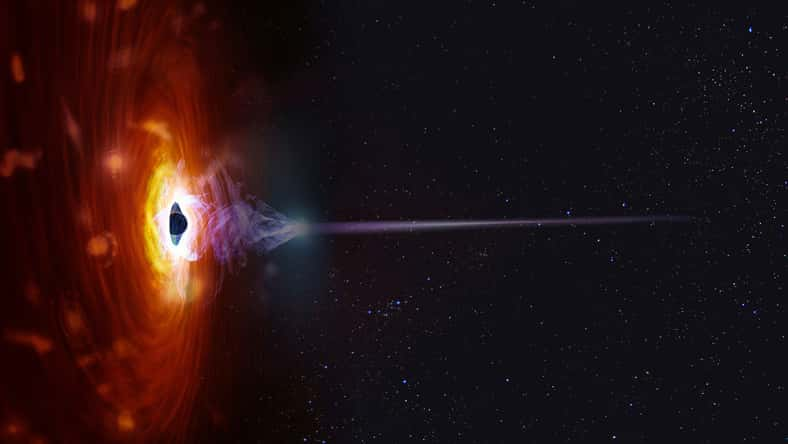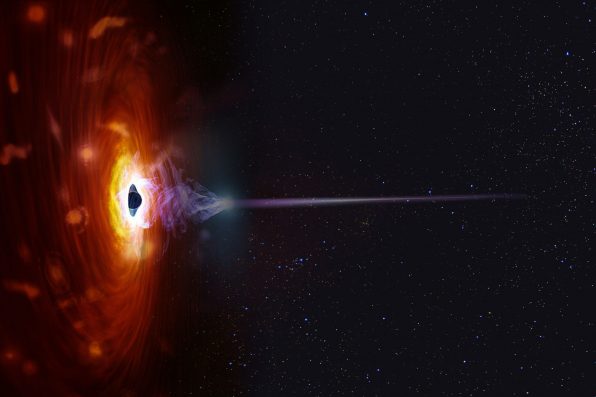Black Holes Are Actually Capable Of Having Heartbeats If They’re Consuming Massive Amounts Of Gas, And Astronomers Recently Figured Out Why

Black holes may not be alive and breathing, but they are capable of having a heartbeat. However, they only have one if they are consuming massive amounts of gas. A very small number of black holes that astronomers know of have these heartbeats. Recently, researchers have figured out how the phenomenon works.
When black holes share an orbit with another star, they can extract gas from it. During the process, the gas compresses and reaches extremely high temperatures.
As a result, they emit ample amounts of X-ray radiation. This process was what allowed astronomers to identify black holes with Cygnus X-1, one of the strongest sources of X-rays detectable from Earth.
The feeding activity can last for thousands to millions of years. Occasionally, a sudden flareup of X-rays caused by the quick consumption of large amounts of material at one time may occur. Observational studies of such flares over the years have revealed some odd behavior.
Astronomers have noted a regular pulse of activity within the flare event. They refer to the pulses as “heartbeat flares” because they have a slow rise, steady decline, and a return to stability, resembling the EKG signal of a human heartbeat.
A team of experts from the Key Laboratory of Particle Astrophysics at the Chinese Academy of Sciences in Beijing have studied the most recent heartbeat flare, which originated from IGR J17091-3624, a black hole that is located 28,000 light-years away from Earth.
The team examined X-ray data from 2022 that was collected by the Neutron Star Interior Composition Explorer (NICER) and the Nuclear Spectroscopic Telescope Array (NuSTAR).
They found evidence of a heartbeat signal in the flare. They concluded that the pulses were due to interactions and instabilities of materials around the black hole.
As material gets sucked into a black hole, it compresses and forms a thin, rapidly rotating disk. The disk’s inner edge slants down toward the event horizon of the black hole.

elen31 – stock.adobe.com – illustrative purposes only
At the same time, the rest of the disk glows with X-ray radiation. The radiation fights the gravitational pull of the black hole, creating incredibly unstable conditions.
A heartbeat develops when the disk breaks apart temporarily and sends a big clump of material toward the black hole. Consequently, an enormous amount of radiation is released, triggering the heartbeat pulse.
Then, the radiation heats up the gas, which momentarily prevents it from falling in. Finally, the gas will settle down before the process is repeated, laying the groundwork for another heartbeat.
The heartbeat pulses are rare. Among hundreds of black holes known to astronomers, only two have shown signs of a heartbeat.
In the future, it is hoped that more will be discovered and studied so researchers can learn more about the relationships between black holes and their surrounding environments.
The paper was published in the preprint database arXiv.
Sign up for Chip Chick’s newsletter and get stories like this delivered to your inbox.
More About:News





